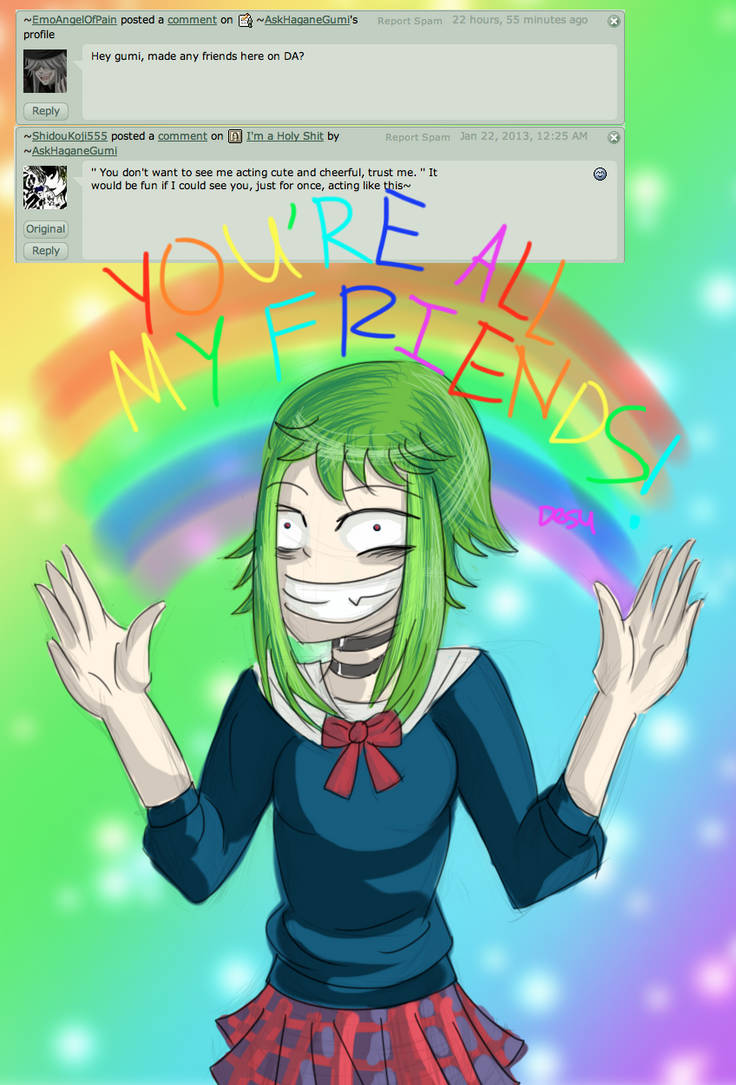
KAWAII DESU NE?! by AskHaganeGumi on DeviantArt
Let's take a look at the following points as well as a review: The opposite of "かっこいい (kakkoii)" is "kakko warui". Kakkoii can be used to describe human, animal, object, attitude, spirit, voice, and behavior. English translation of "かっこいい (kakkoii)" can be handsome, cool, attractive, good-looking. Learn.
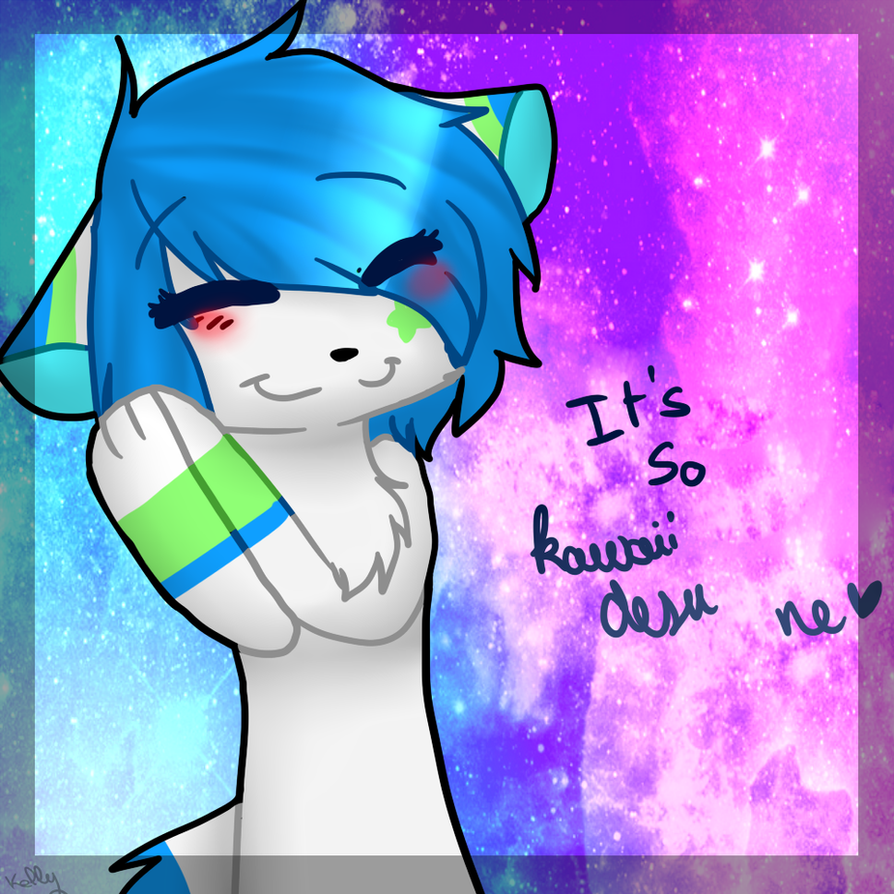
It's So Kawaii Desu Ne by LUMPl on DeviantArt
Arti kawaii ne di Indonesia semakin menjadi tren yang populer di kalangan anak muda. Kawaii ne adalah gaya mode dan budaya populer yang berasal dari Jepang.
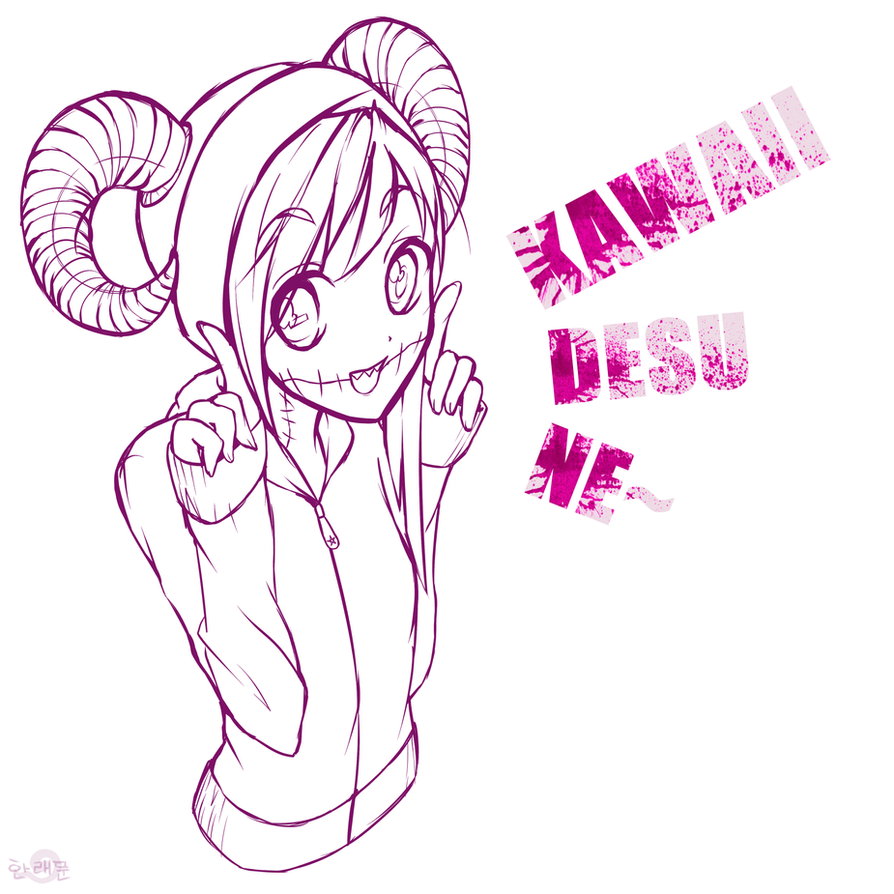
Kawaii Desu Ne by HanRaeMun on DeviantArt
The word 可愛い (kawaii) is usually translated as "cute" in English. The word can technically mean other things, such as "precious" or "innocent" or even "lovable," but since the word "cute" implies these things in English, it is a good way to think of the Japanese word 可愛い. Unlike some Japanese words, which can.
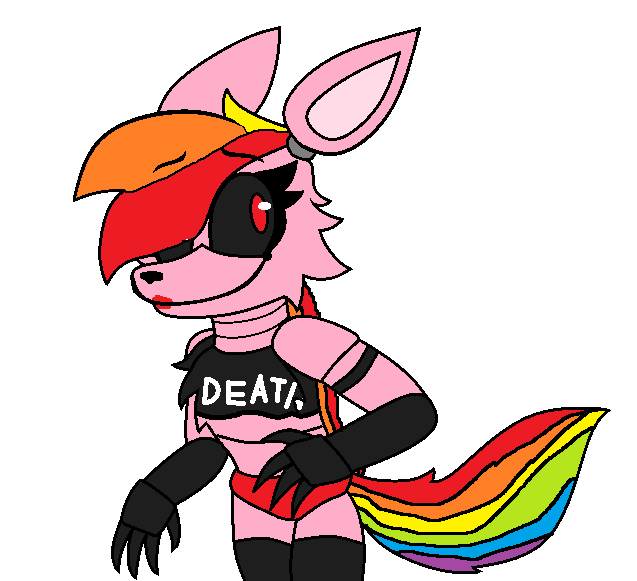
Kawaii Desu ne Chan the Fox Remake by LetsMakeFanart on DeviantArt
可愛い - Example Sentences 例文. Each example sentence includes a Japanese furigana reading, the romaji reading, and the English translation. Click the below red button to toggle off and and on all of the hints, and you can click on the buttons individually to show only the ones you want to see.
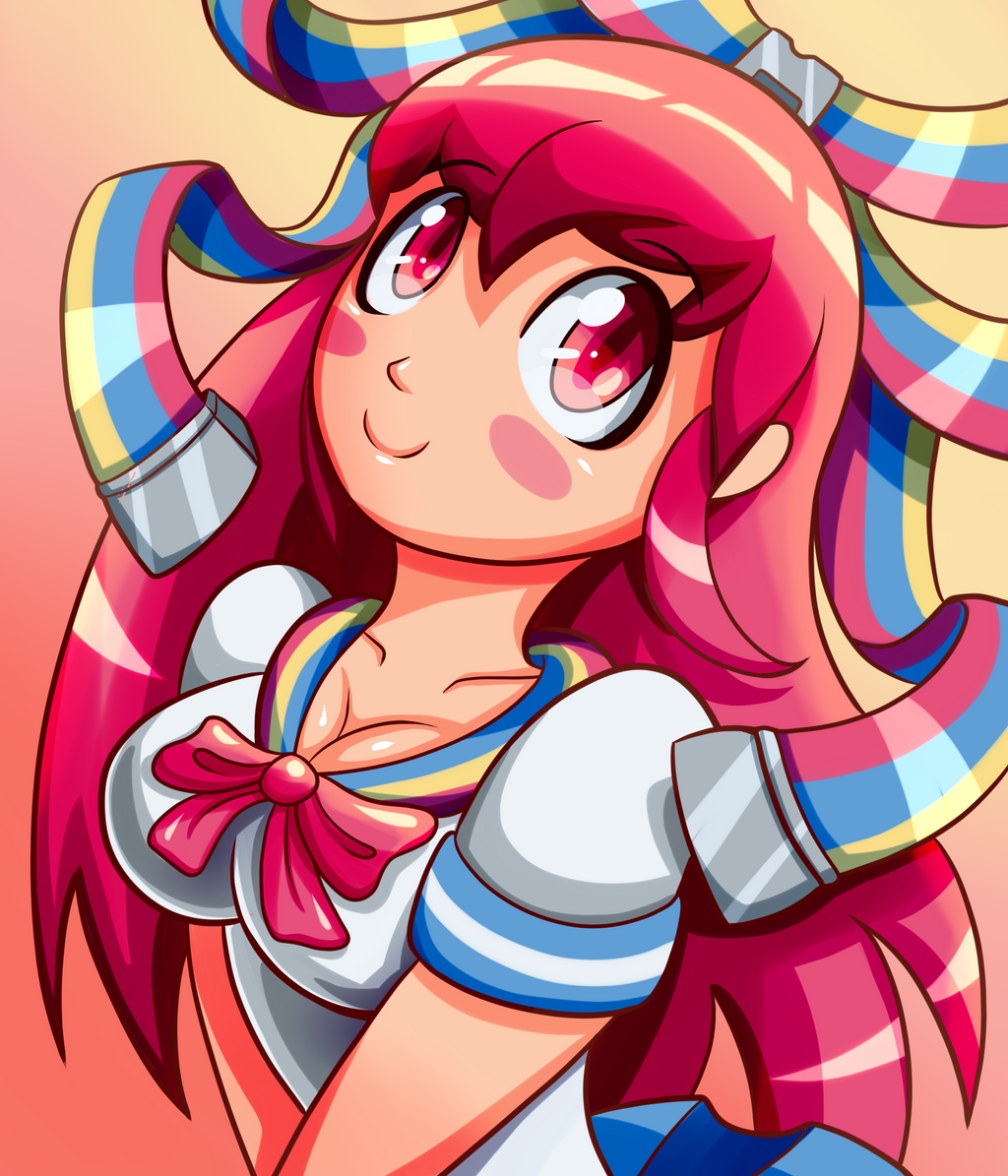
Kawaii Desu Desu by Fawness on DeviantArt
Kawaii is an i-adjective and is widely used in Japanese and even Western pop culture. While the literal translation is "cute," kawaii is also often used to describe something pretty or attractive. When used in this sense, it holds a feminine connotation. Examples: あのドレスかわいいね! Ano doresu kawaii ne! That dress is pretty!

Kawaii desu ne? by akromahime on DeviantArt
Kawaii-desu ne. The sentence "Kawaii desu ne" literally translates to "It is cute". It is the perfect answer to the question (or the earlier phrase) Kawaii desu ka. This phrase and the earlier phrase looks almost alike but the difference is the last syllable. Instead of ending with ka, it ends with ne. Sentences that end in ka usually.
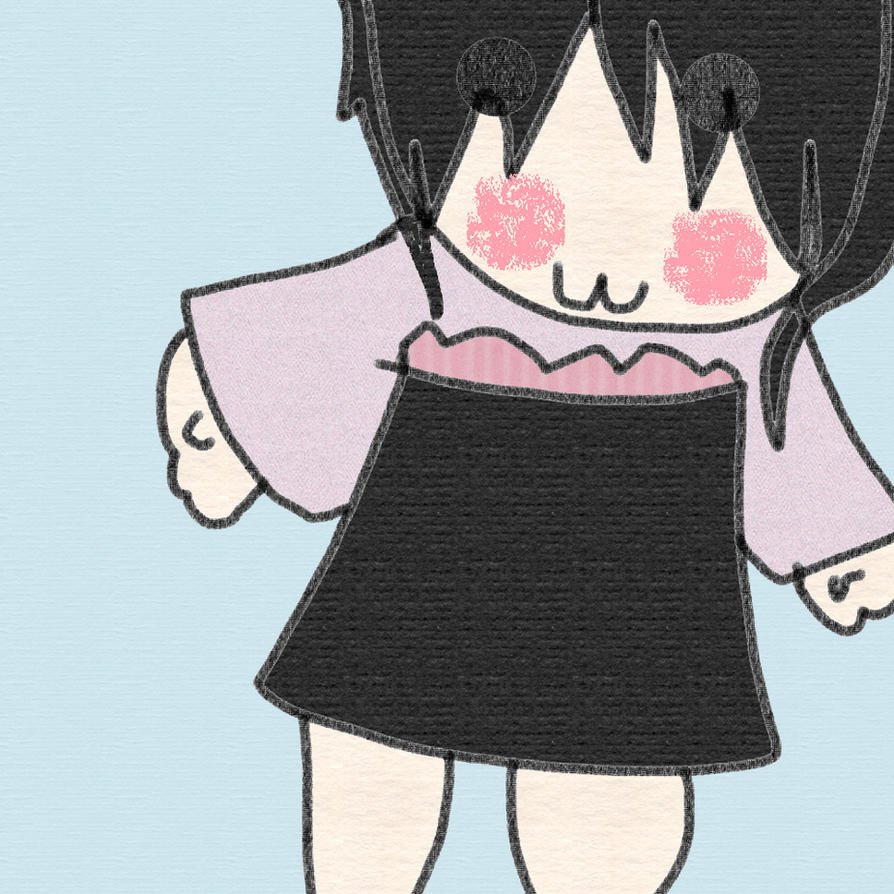
kawaii desu ne by kawaiisylvana on DeviantArt
So desu ne. ( Yep, sure thing .) A. See you at lunch then. B. So desu ne. ( You bet .) Coincidentally, so means much the same as "so" in English. That is to say, "in such a way." And desu is the polite form of the marker da, which indicates existence or being. Then, ne is a conversational marker that corresponds to the English "aren't I/you.
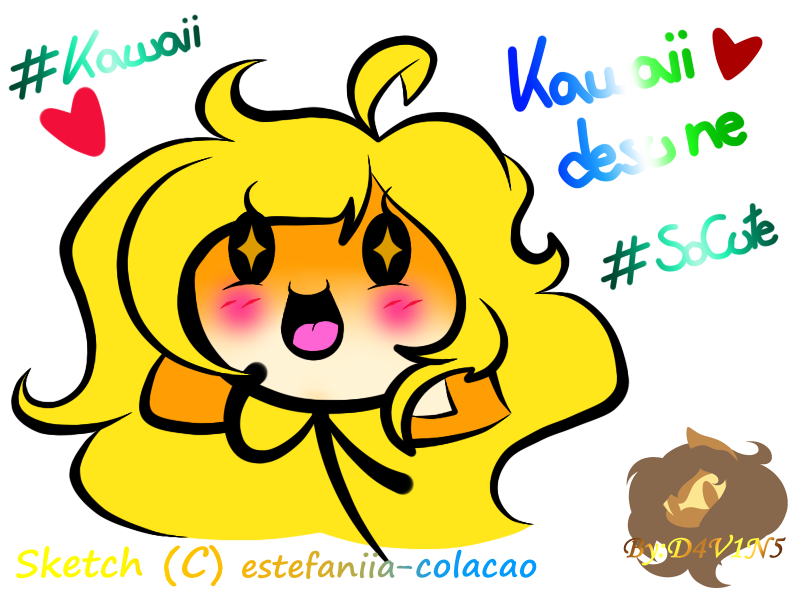
.Kawaii Desu Ne. by MidnaChangeling on DeviantArt
Kawaii desu ne means, it's cute, isn't it? Or as a Canadian… it's cute, eh? Trust me, if you spend some time in Japan, you'll definitely hear this phrase… so even better if you learn it now! Brenna Holeman has travelled to over 100 countries in the past 17 years, many of them on her own.
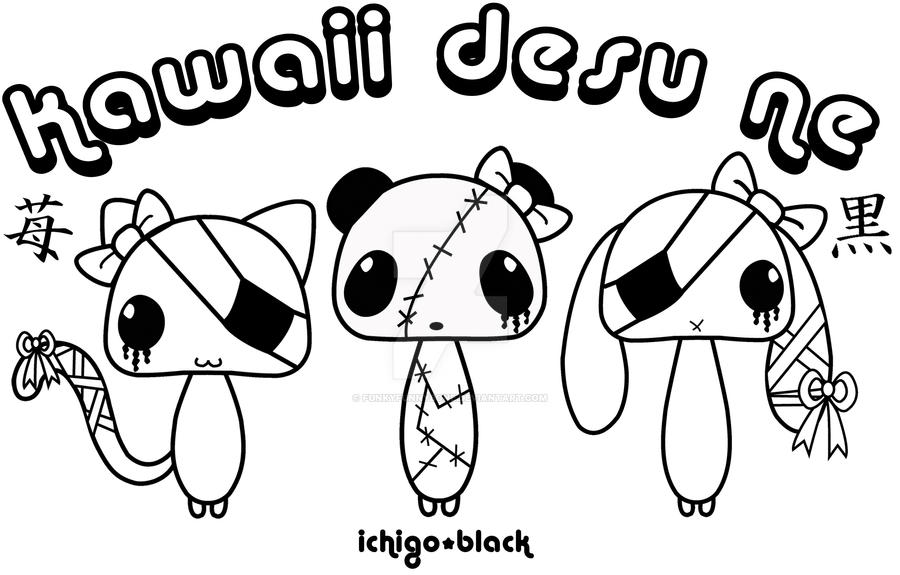
Kawaii desu ne by funkyfunnybone on DeviantArt
In Japanese, " This is cute " is " Kore wa kawaii " (これはかわいい) or politer " Kore wa kawaii desu" (これは可愛いです). You can also make the sentence sound softer by adding ne (ね) or stronger by adding yo (よ) at the end. Instead of "kore" you can also use " kono (neko) " (この〇〇) to say " This.
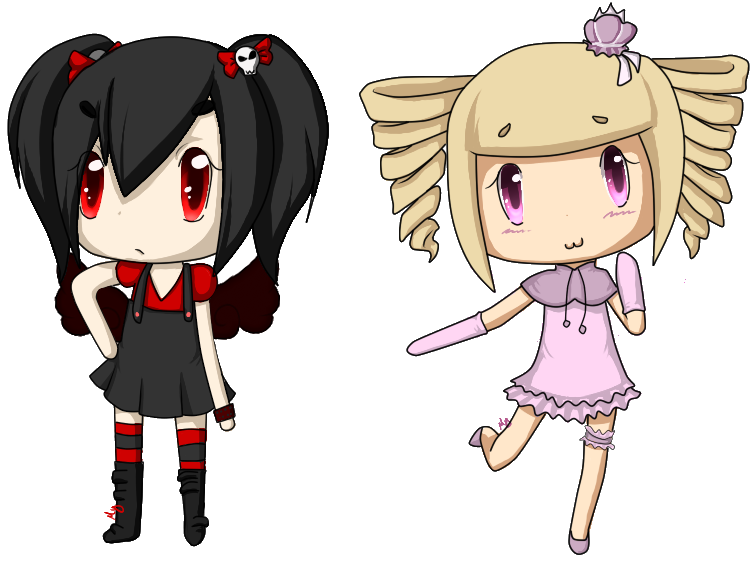
Kawaiidesu ne? by AzureDestiny on DeviantArt
6. Showing Friendship and Intimacy. So ね saved your friendship when you finally let your friend know the truth of the situation, but you really want to let her know that you guys are still BFFs forever, homie-Gs, whatever you kids say these days dagnabbit. ね does just the job.

kawaii desu ne by MelodyTheKat123 on DeviantArt
Terlepas dari makna secara bahasa, kawaii sendiri telah menjadi unsur penting dalam budaya populer dan juga gaya hidup di Jepang. Selain sering diucapkan, kawaii juga sering direpresentasikan dalam gambaran tokoh fiksi dalam anime, film, atau game. Sejak menjadi populer, kawaii pun telah menggeser konsep estetika di Jepang dari "indah" dan "halus" menjadi "bersih" dan "imut".

Kawaii desu ne by BlossomPPG on DeviantArt
Setelah memahami arti dan sejarah singkatnya, kamu juga perlu memahami penggunaan kata kawaii di dalam bahasa Jepang. Hal ini bermanfaat agar kamu juga bisa menggunakan kata ini dengan tepat. Berikut ini adalah beberapa contoh penggunaan kata kawaii: あの子は可愛いです (Ano ko wa kawaii desu) = Anak itu cantik.
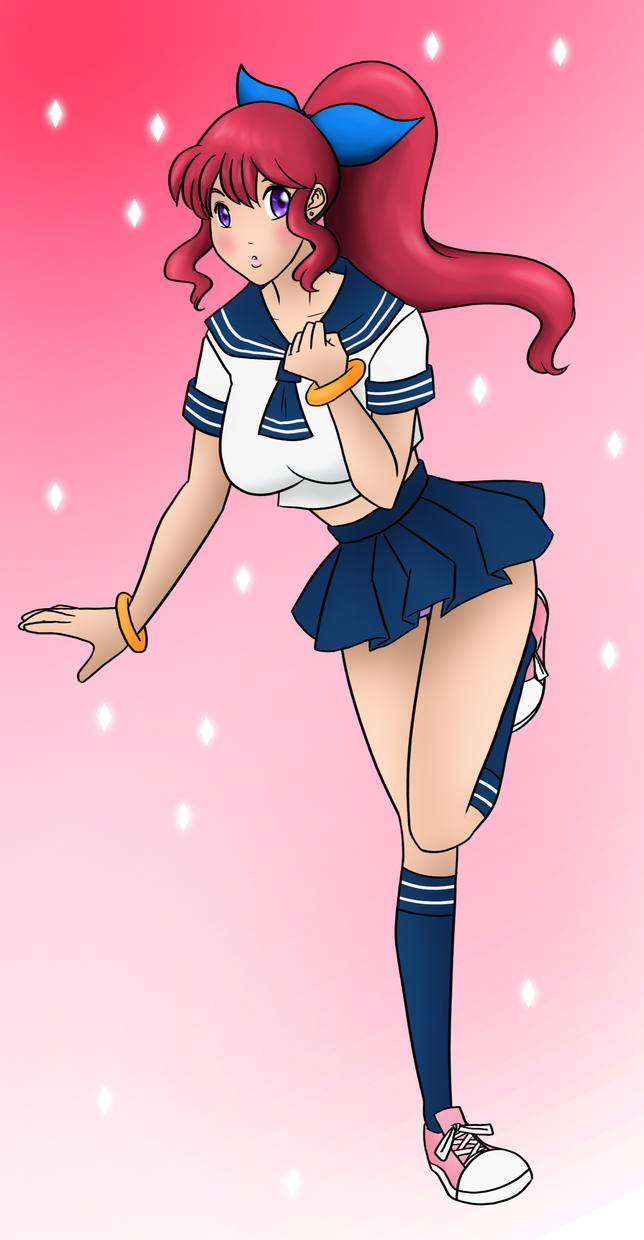
KAWAI DESU NE, DESU DESU NE KAWAI by LaMishiMish on DeviantArt
The word kawaii (かわいい or 可愛い) translates to "cute", "adorable", or "lovable" in Japanese. Starting in the 1970s, Japanese pop culture saw the rise of "kawaii culture" centered around childlike cuteness. The aesthetics of big eyes, rounded faces, pastels, frills, and more came to define the popular kawaii style.
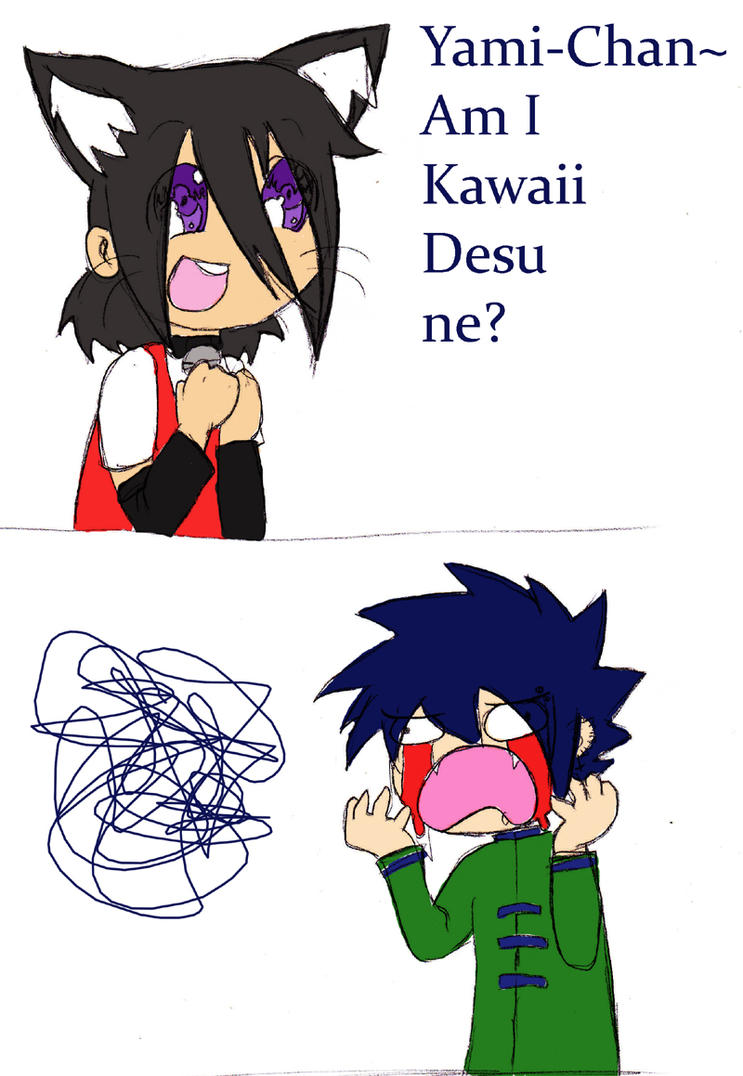
KAWAII DESU NE? by raveness918 on DeviantArt
The Japanese Kawaii culture is a major aspect of Japanese popular culture that promotes charm across various aspects of society - from merchandising to art to behaviors. No wonder I found my inner child obsessing over big-eyed manga characters, character food items, and pastel cat headphones during my travels.
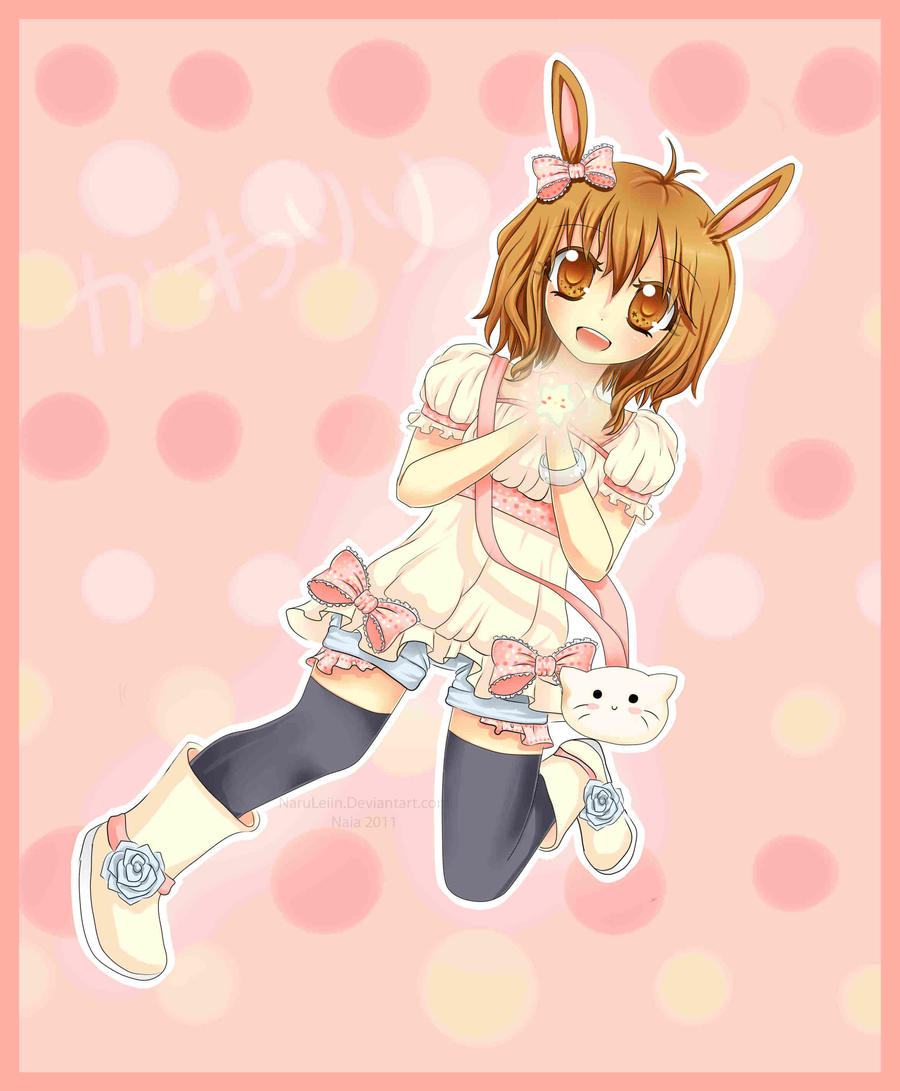
Kawaii desu neeeeeeeee by Naiichie on DeviantArt
I'm a little confused about "kawaii desu yo" vs. "kawaii desu ne". My Japanese friend gave me a stuffed animal, and I said, "kawaii desu ne." She responded with "kawaii desu yo, kawaii desu yo", but I wasn't sure if she was 1) correcting me on my incorrect use of "kawaii desu ne", or 2) responding to my "kawaii desu ne."
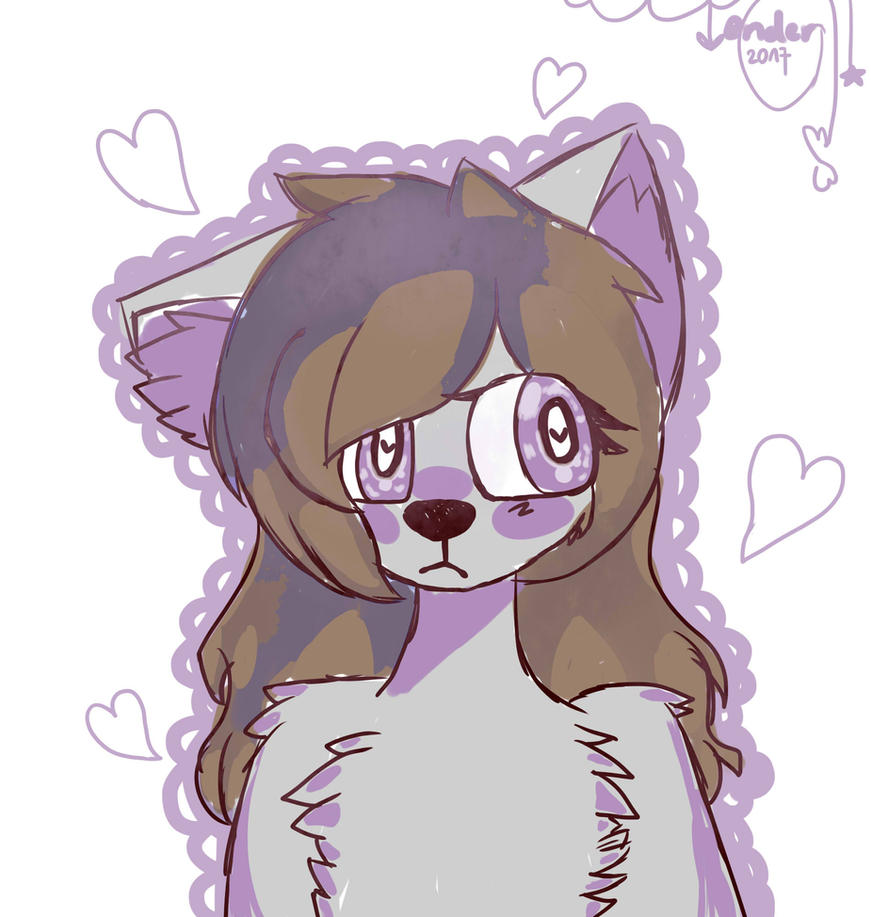
Kawaii Desu NE by Enderdee11 on DeviantArt
It's more natural (and meaningful) if you just drop the です (desu). Or to make it sound a little more friendly, you can say ね (ne) at the end, with or without the です (desu). Examples: りえさんはかわいい。 (Rie san wa kawaii.) Rie, you are cute. りえさんはかわいい(です)ね。 (Rie san wa kawaii (desu) ne.)